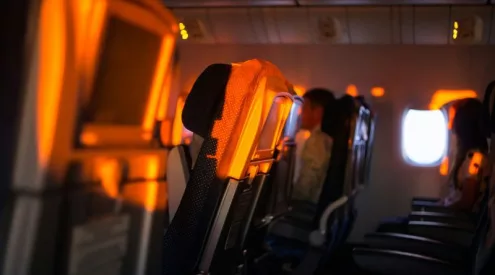Australia’s Great Barrier Reef Marine Park Authority has confirmed a mass coral bleaching event. This is the fourth such event in six years, despite La Niña conditions which typically mean cooler temperatures.

Picture: Unsplash
‘The Reef Authority, together with our partners at the Australian Institute of Marine Science, have completed aerial surveys across a representative sample of 750 reefs on the Great Barrier Reef,’ the Authority said. ‘The bleaching observed from the air was largely consistent with the spatial distribution of the heat stress experienced.’
What is coral bleaching?
Corals have a symbiotic relationship with algae (zooxanthellae) living in them, which provides them with most of their nutrients. If corals experience changes in conditions – including water temperature, light and pollution – they can become stressed, losing this algae. Without it, the corals struggle to meet their energy requirements. Bleached corals lose their colour and become a faded white-brown.
This phenomenon is largely attributed to climate change resulting in rising water temperatures.
Corals can survive bleaching, but it leads to malnutrition which makes them vulnerable and could lead to death in the case of prolonged exposure.
‘The Reef Authority, along with our partners at the Australian Institute of Marine Science, is continuing to analyse data gathered over the past fortnight, however aerial surveys can only reliably observe shallow corals, down to about five metres. As such we are also conducting in-water surveys at selected reefs to get a better idea of the depth profile of bleaching,’ the Authority added.
ALSO READ














